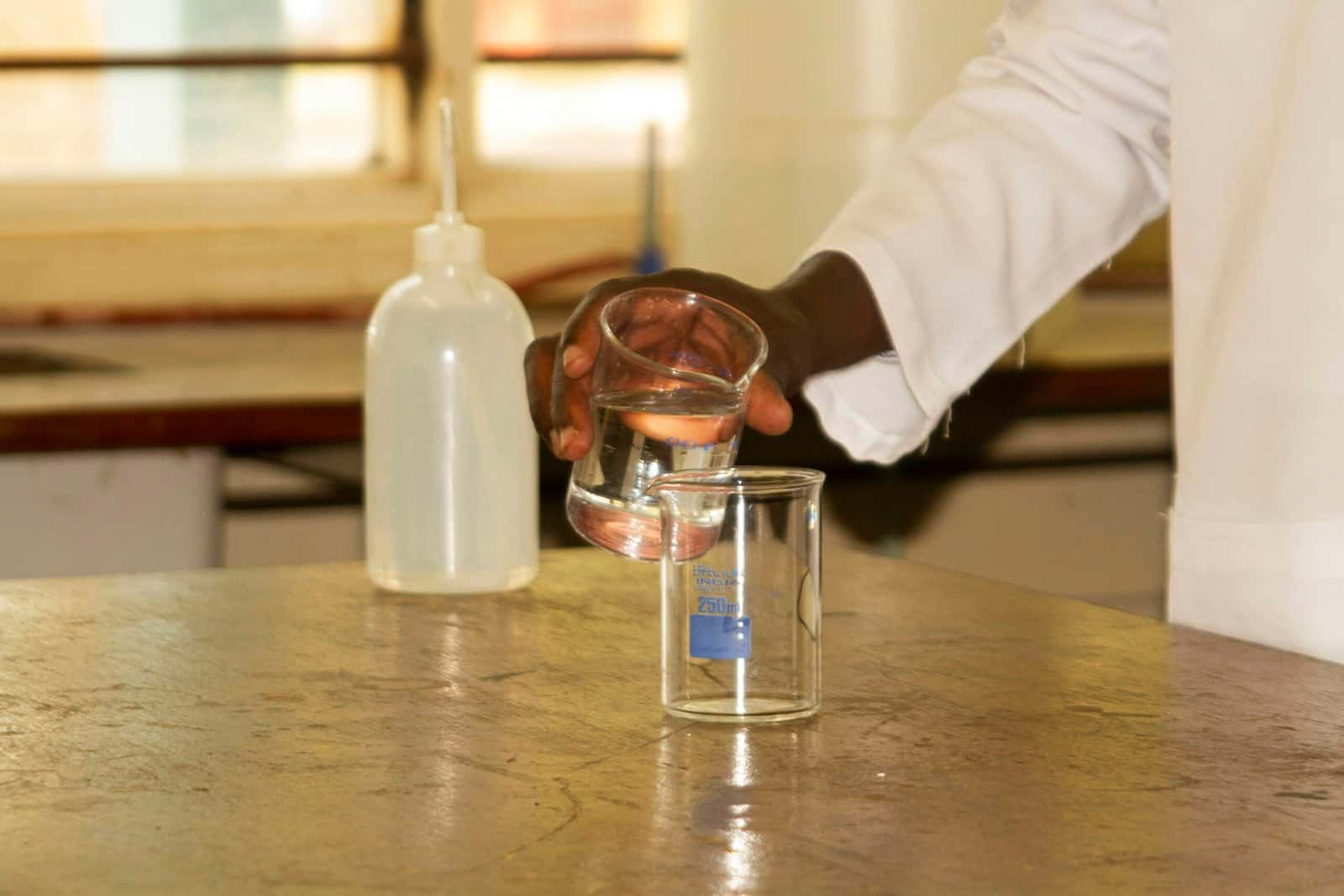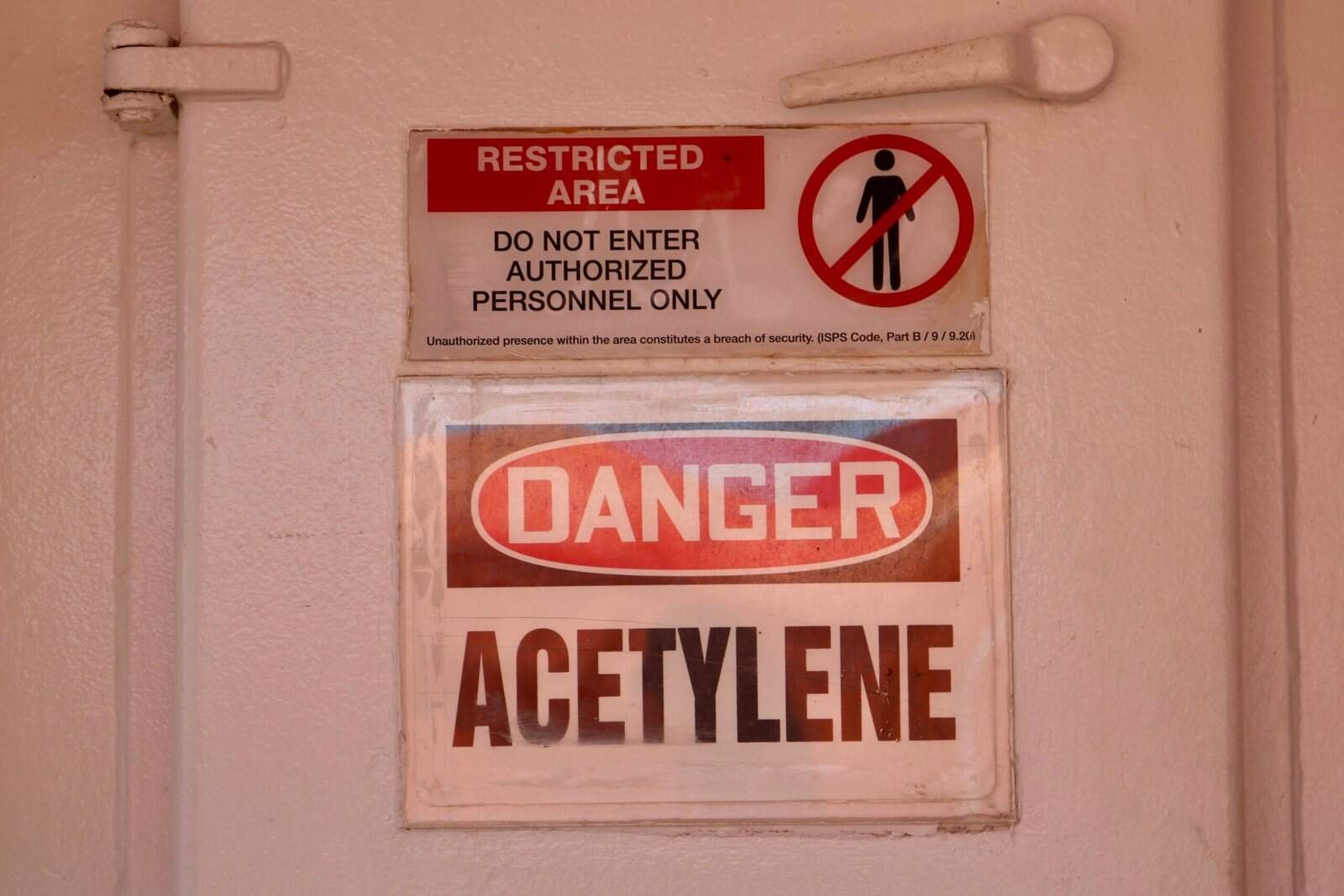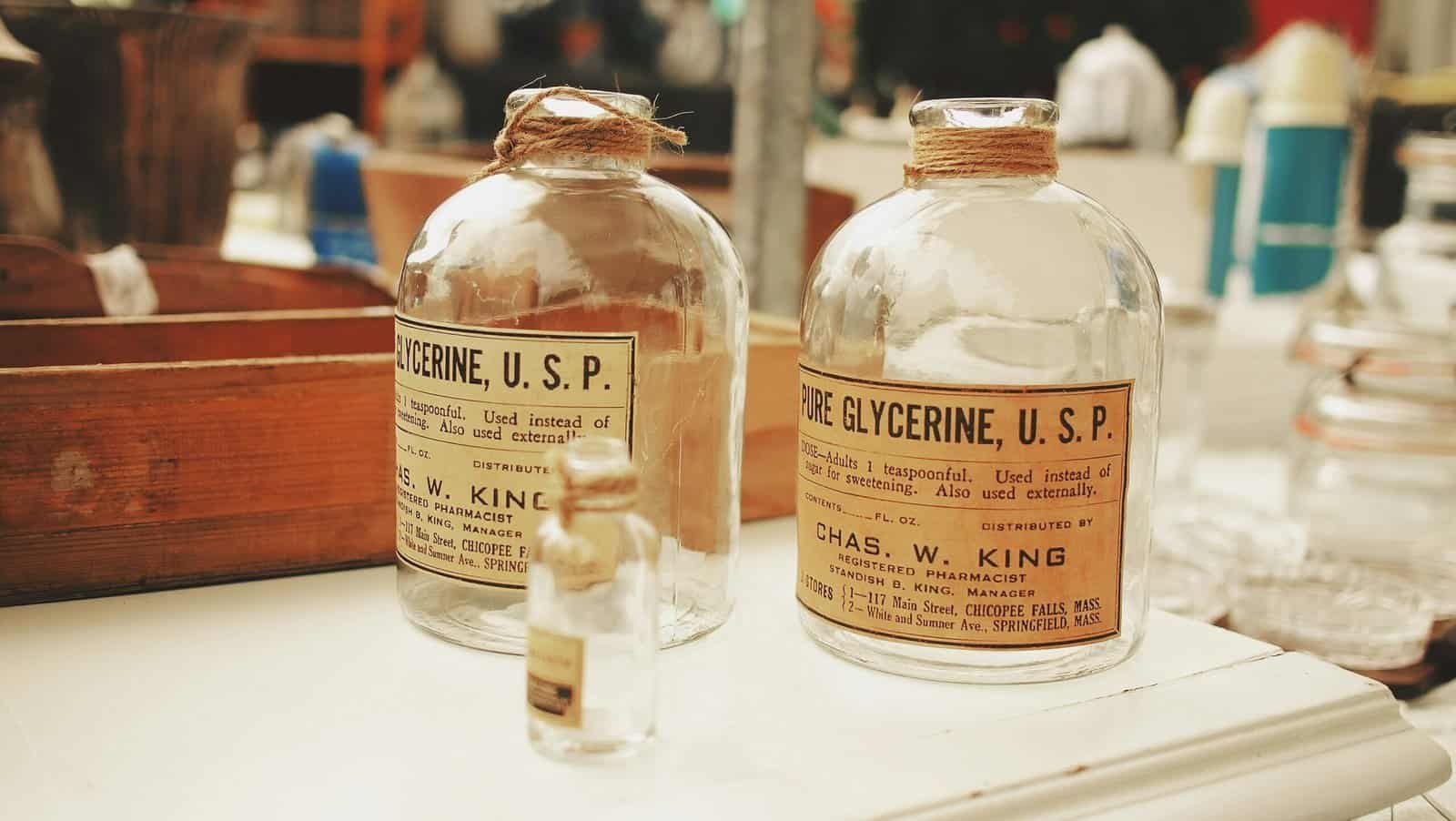?Are you unsure how to find out whether arsenic is in your well water and what to do if it is?
How Do I Test For Arsenic In My Well Water?
This article answers that question clearly and practically. You’ll learn why arsenic matters, how to test accurately, how to interpret results, and what treatment and follow-up steps you can take to protect your household.
Why testing for arsenic matters
Arsenic is a toxic element that can enter groundwater naturally through geology or from human activities. Long-term exposure, even at low levels, increases risks for certain cancers and chronic health problems, so knowing whether it’s in your water is important for your health and safety.
Where arsenic in well water comes from
Arsenic commonly occurs in groundwater where bedrock or sediments contain arsenic-bearing minerals. Mining, industrial contamination, and some agricultural practices can also contribute. Knowing local geology and land uses can help you understand the risk level at your property.

Who should test their well
If you rely on a private well for drinking water, you should test your well regularly. You should test immediately if you’ve just drilled a new well, noticed any changes in water taste, color, or odor, experienced flooding, had nearby construction or industrial activity, or learned that nearby wells have arsenic.
When and how often to test
At minimum, test your well water for arsenic once a year. If your results are close to health limits, if someone in your household is pregnant, nursing, an infant, or has chronic illness, or if you install or change a treatment system, test more often — for example every 3–6 months until you are sure the situation is stable.
Overview: testing options
You have two basic routes to test for arsenic:
- Send a sample to a state-certified laboratory for accurate, quantitative analysis (recommended).
- Use a field or home test kit for a quick, preliminary check (acceptable only as a screening tool).
Laboratory tests are the only way to get reliable results you can use to choose treatment and to document compliance. Field kits can tell you if arsenic is likely present above a certain threshold but are less precise and have higher error rates.

Understanding arsenic species and why it matters
Arsenic in water exists mainly as arsenite (As(III)) and arsenate (As(V)). As(III) is more toxic and harder to remove. Many treatment systems remove As(V) more effectively than As(III), so labs that provide speciation (As(III) vs As(V) concentrations) give you better information for selecting treatment. If speciation isn’t available, labs that measure total arsenic still give you a useful result for health decisions.
How to choose a laboratory
Pick a state-certified drinking water laboratory or a lab accredited by your state or the EPA. State-certified labs follow quality control procedures and provide results in units you can compare to regulatory and health-based numbers. Ask the lab:
- Are you certified for arsenic testing in drinking water?
- Which analytical method do you use (ICP-MS, ICP-OES, Hydride AAS) and what is your reporting limit?
- Do you provide speciation (As(III) and As(V)) or only total arsenic?
- What are your sample collection requirements and holding times?
- How long until results are reported and what are the fees?
Common analytical methods (quick comparison)
Here’s a simple table comparing typical testing approaches to help you understand lab reports and field kit limits.
| Method | Typical detection limit | Pros | Cons |
|---|---|---|---|
| ICP-MS (Inductively Coupled Plasma Mass Spectrometry) | ~0.1 μg/L (ppb) | Very sensitive, low detection limit, good for low-level monitoring | Higher cost |
| ICP-OES (Optical Emission Spectroscopy) | ~1–5 μg/L | Good for routine testing, widely available | Less sensitive than ICP-MS |
| Hydride AAS | ~1 μg/L | Good for arsenic specifically, reasonably sensitive | Requires careful handling |
| Commercial field colorimetric kits | ~5–50 μg/L (varies) | Fast, inexpensive for screening | Less accurate, subjective color interpretation |
| Test strips | ~10–50 μg/L | Very cheap and quick | Low precision and reliability |
Note: μg/L is the same as parts per billion (ppb). EPA maximum contaminant level (MCL) for arsenic in public water systems is 10 μg/L (ppb).

Preparing to sample: what you’ll need
Before sampling, contact the lab and request their sampling kit and instructions. Most labs provide pre-cleaned, acid-washed bottles and paperwork. If you use a field kit, follow the manufacturer instructions.
General items you’ll need:
- Lab-supplied bottles (do not substitute unless the lab approves)
- Cooler with ice packs for transport
- Labels and chain-of-custody forms (if provided)
- Clean towel or paper towels to dry the faucet
- Clean gloves (optional)
- Pen to record sample time and conditions
Where to sample: point-of-use vs point-of-entry
Decide whether you want to measure the water at the source (point-of-entry) or at the tap where you drink (point-of-use).
- Point-of-entry: samples at the location where water enters your plumbing (after the pressure tank and any whole-house pre-filters) represent the raw water quality and help choose whole-house treatment.
- Point-of-use: sampling your kitchen tap or another drinking faucet shows the water you actually consume, which may be affected by plumbing materials or point-of-use filters.
If you use a water treatment system, sample both before and after the system to confirm its performance.
Step-by-step: how to collect a lab-quality arsenic sample
Follow lab instructions precisely. If the lab didn’t provide a kit, ask for guidance. Typical collection steps for a total arsenic sample are:
- Use cold water only. Do not sample from a hot water tap because heated water can leach contaminants from plumbing and changes speciation.
- Remove aerators and flow straight from the faucet. Clean and dry the faucet exterior with a towel.
- Flush the tap for a few minutes (commonly 3–5 minutes) to get a representative sample. This removes standing water in the pipes. If the lab specifically asks for a first-draw sample, follow that instruction instead.
- Turn off the water and let the flow slow to about a steady stream before filling the bottle. Avoid splashing.
- Fill the lab-provided bottle to the indicated level. Some labs require no headspace; others instruct to leave headspace. Follow lab directions.
- Cap tightly. Label the bottle with your name, site address, sample location, date and time.
- Place the sample in a cooler with ice packs immediately and keep it chilled (4 °C / 39 °F) during transport.
- Deliver the sample to the lab as soon as possible. Many labs require same-day or next-day delivery; check holding-time requirements.
- Complete any chain-of-custody form provided to ensure results are accepted for official purposes.
Important: Don’t rinse lab bottles or add anything unless the lab tells you to. The lab’s bottles are pre-cleaned and may contain preservatives.

Sample preservation and holding times (what to expect)
For trace metal analysis, labs often require samples to be acidified with nitric acid to a pH below 2. Typically the lab either supplies bottles that already contain the preservative or instructs you to add it at collection. Acidification stabilizes metals and prevents changes in concentration. Holding times vary with method:
- Total recoverable metals in acidified samples: some methods allow extended holding times (weeks to months) — follow the lab’s instructions.
- Unpreserved samples or filtered samples for dissolved metals may have shorter holding times (e.g., 48 hours to 28 days). Always follow the lab’s specific instructions for preservation and delivery timetable.
Using home or field test kits: pros and cons
Field kits can be useful to screen for arsenic presence if you want a quick check, but they have limitations. If a field kit shows arsenic above the health threshold, you still need a certified lab test to confirm and plan treatment.
Pros:
- Fast, inexpensive
- Can indicate if arsenic is likely above a threshold (often 10 ppb)
Cons:
- Less accurate and less precise than labs
- Color interpretation can vary by user and lighting
- Detection limits may be higher than health-based levels
- Not acceptable for official documentation or treatment warranties
If you choose a kit, select one that has independent validation or certification (look for kits evaluated by organizations like NSF or state labs) and follow the instructions carefully.
Interpreting your lab results
Lab results list total arsenic concentration, usually in micrograms per liter (μg/L or ppb). Compare your result to guideline levels:
- EPA MCL for public water systems: 10 μg/L (10 ppb)
- WHO guideline: 10 μg/L
- Some health agencies and researchers recommend lower long-term targets (e.g., <5 ppb) for vulnerable populations.< />i>
If your private well result is:
- Less than 1–2 ppb: generally considered very low (especially if reported by a sensitive method such as ICP-MS).
- 1–5 ppb: low, but if someone in your household is pregnant, nursing, or young, consider discussion with health professionals.
- 5–10 ppb: borderline; consider retesting and evaluating treatment options, particularly if household members are vulnerable.
- Greater than 10 ppb: action recommended. Do not use the water for drinking, cooking, or preparing infant formula until you have a safe alternative and a plan for treatment.
Keep a copy of the lab report. If the lab reports speciation, note the proportions of As(III) vs As(V) because that guides treatment selection.

What to do if arsenic is detected
Immediate steps:
- Stop using the well water for drinking and cooking if concentrations exceed 10 ppb (or your chosen safety threshold). Use bottled water or a safe alternative.
- Don’t boil the water — boiling concentrates arsenic and does not remove it.
- Avoid using water from that source for infant formula or for anyone with compromised health.
Short- and long-term solutions:
- Confirm with a certified lab test if you used a field kit or got a borderline result.
- If confirmed, arrange for treatment or an alternative safe water source.
- If you plan to install treatment, get a post-treatment lab test to verify removal performance.
- Notify local health authorities and check for well owner assistance programs and potential funding support.
Treatment options: overview and comparison
There are reliable treatment technologies that reduce arsenic to safe levels when properly designed, sized, and maintained. Choose a treatment based on your arsenic species (As(III) vs As(V)), level, water chemistry (iron, manganese, hardness), flow needs, and budget. Here’s a comparison table of common options.
| Treatment | Typical effectiveness | Best for | Pros | Cons |
|---|---|---|---|---|
| Point-of-use Reverse Osmosis (RO) | Removes 85–99% of total arsenic (very effective for As(V); effective for As(III) if pre-oxidized) | Drinking water at one tap (kitchen) | High removal efficiency, reliable for small volumes | Requires maintenance, waste brine, slower flow |
| Whole-house RO (Point-of-entry) | Effective but expensive | Whole-house supply to remove arsenic for all uses | Treats all water, comprehensive | High cost, high maintenance, wastewater |
| Ion exchange (anion exchange) | Good for As(V), less effective for As(III) | Moderate to high As(V) levels | Effective, regenerable resin options | Needs pre-oxidation for As(III), generates brine/disposal |
| Activated alumina adsorption | Effective for As(V) | Moderate levels, when As(V) dominant | No brine, adsorption media | Requires pH control, media replacement/regeneration |
| Coagulation/filtration (e.g., iron coagulation) | Can be effective for both forms after appropriate treatment | Well systems with high iron/large flow | Treats high flows, can be cost-effective | Requires technical design, sludge disposal |
| Oxidation then filtration/adsorption | Converts As(III) to As(V) to allow removal | If As(III) dominant | Makes other methods effective | Adds chemicals or oxidation step, needs proper control |
Key points:
- Oxidation (using chlorine, permanganate, ozone, or aeration) often is required to convert As(III) to As(V) so that adsorption or ion exchange can remove it.
- Point-of-use RO at the kitchen sink is a common choice when you only need to treat drinking water. For whole-house use (e.g., bathing, laundry), you’ll need a different scale and approach.
- Maintenance (media replacement, membrane changes, resin regeneration) is critical. A poorly maintained system may stop removing arsenic.
Choosing and sizing a treatment system
Work with a qualified water treatment professional and consider:
- Certified systems: Look for NSF/ANSI certifications—NSF 53 or NSF 58 for point-of-use systems that reduce specific contaminants.
- Water analysis: Provide the installer with your full water test results (including pH, iron, manganese, hardness, sulfate, and conductivity).
- Flow needs: For whole-house systems, design for peak flow (showers, laundry) as well as average.
- Waste handling: Some systems produce concentrated brine or waste that needs proper disposal.
- Long-term costs: Consider the cost of replacement media, salt/regeneration, electricity, and lab testing to verify performance.
Maintenance and post-installation testing
After installing treatment:
- Test your treated water to confirm arsenic is below your target level. Have the lab test both raw and treated water.
- Follow manufacturer maintenance schedules: replace membranes and media at recommended intervals, change filters, regenerate resins properly.
- Test treated water at least annually, and more often (e.g., every 3–6 months) in the first year after installation to ensure consistent removal.
- Keep records of maintenance, filter changes, and test results.
Costs (rough estimates)
Costs vary by location, water chemistry, and system size. Typical ranges:
- Lab arsenic test: $25–$150 per sample depending on method and lab.
- Field/home test kit: $15–$80.
- Point-of-use (under-sink) RO system: $300–$1,500 plus annual maintenance $100–$300.
- Whole-house treatment systems: $2,000–$10,000+ depending on capacity and technology, plus annual maintenance.
- Ion exchange systems: $1,000–$5,000 plus regeneration costs and disposal considerations.
Check for local programs that subsidize testing or treatment for low-income households.
Record-keeping and notifying others
Keep all lab reports, maintenance receipts, and a schedule for future tests. If your well serves multiple households or a rental property, inform occupants and coordinate retesting and remediation. Some states or local health departments provide guidance or requirements for disclosure when selling property.
Finding help and resources
- Contact your state or county health department’s drinking water program for a list of certified labs, recommended protocols, and local assistance.
- State university extension services and cooperative extension offices often provide well owner education and may offer testing discounts or sampling assistance.
- Look for certified water treatment professionals (check state licensing, NABTW or similar directories) and ensure they design systems based on your water test results.
- National resources include EPA guidance on private wells and the USGS for information about regional groundwater quality.
Common misconceptions
- Boiling removes arsenic: false. Boiling concentrates arsenic and increases risk.
- All filters remove arsenic: false. Many filters (e.g., basic carbon filters, pitcher filters) do not reliably remove arsenic. Use certified systems.
- If your neighbor’s well is safe, yours is safe: not necessarily. Arsenic occurrence can vary significantly over short distances due to local geology.
Troubleshooting borderline or changing results
If your arsenic results are near the health limit or you see fluctuations:
- Retest with a certified lab to confirm initial results.
- Ask the lab for speciation (As(III) vs As(V)) if you didn’t receive it.
- Check for changes in well operation, pump depth, recent drilling, or seasonal influences that may affect concentrations.
- If iron or manganese levels are high, address these first because they can interfere with arsenic removal systems.
Frequently asked questions (short answers)
- How quickly will treatment remove arsenic? Once a properly designed system is installed and functioning, treated water at the tap should show reduced arsenic immediately; verify with lab testing.
- Can whole-house systems remove arsenic for bathing/skin contact? Most health risks are from ingestion; whole-house treatment can provide safe water for all uses but is costlier. Bathing and showering pose negligible ingestion risk, but children may swallow small amounts, so you may prefer point-of-use for drinking and whole-house for comprehensive protection.
- Is there a safe level of arsenic? Regulatory bodies use 10 ppb as the MCL for public water systems, but lower levels reduce lifetime cancer risk. Consider lower targets for vulnerable household members.
Final checklist for testing your well for arsenic
- Contact your state-certified lab and order an arsenic test (ask about speciation).
- Use lab-provided bottles and follow sample collection and preservation instructions exactly.
- Decide whether to sample point-of-entry, point-of-use, or both.
- Keep samples chilled and deliver to the lab within the required holding time.
- If arsenic is detected above your target, stop using the water for drinking and cooking, and confirm with a certified lab.
- Work with a qualified professional to select and install the right treatment, and verify final treated-water quality with testing.
Closing thought
You’re in control of your household’s water quality. By testing correctly, interpreting results, and using appropriate treatment and maintenance, you can make informed choices that protect your family’s health. If you’re uncertain at any step, reach out to your state health department or a certified water treatment professional for guidance.
